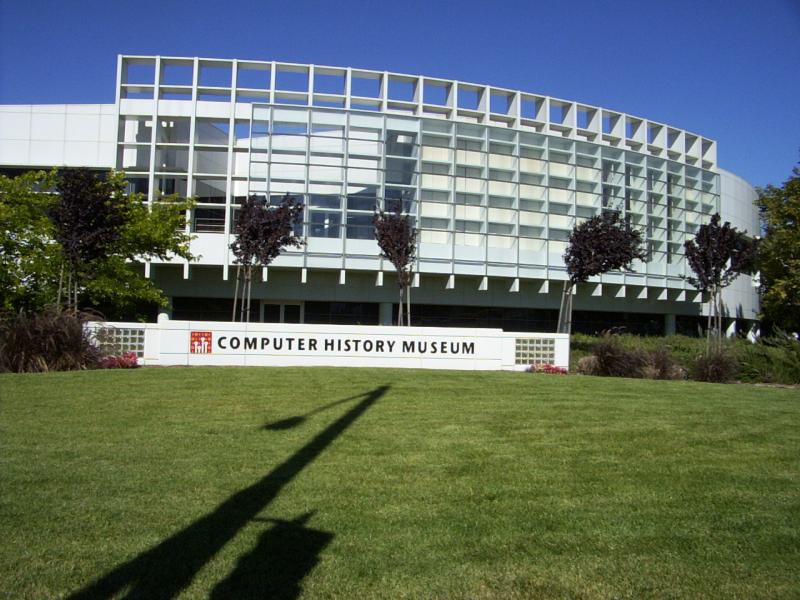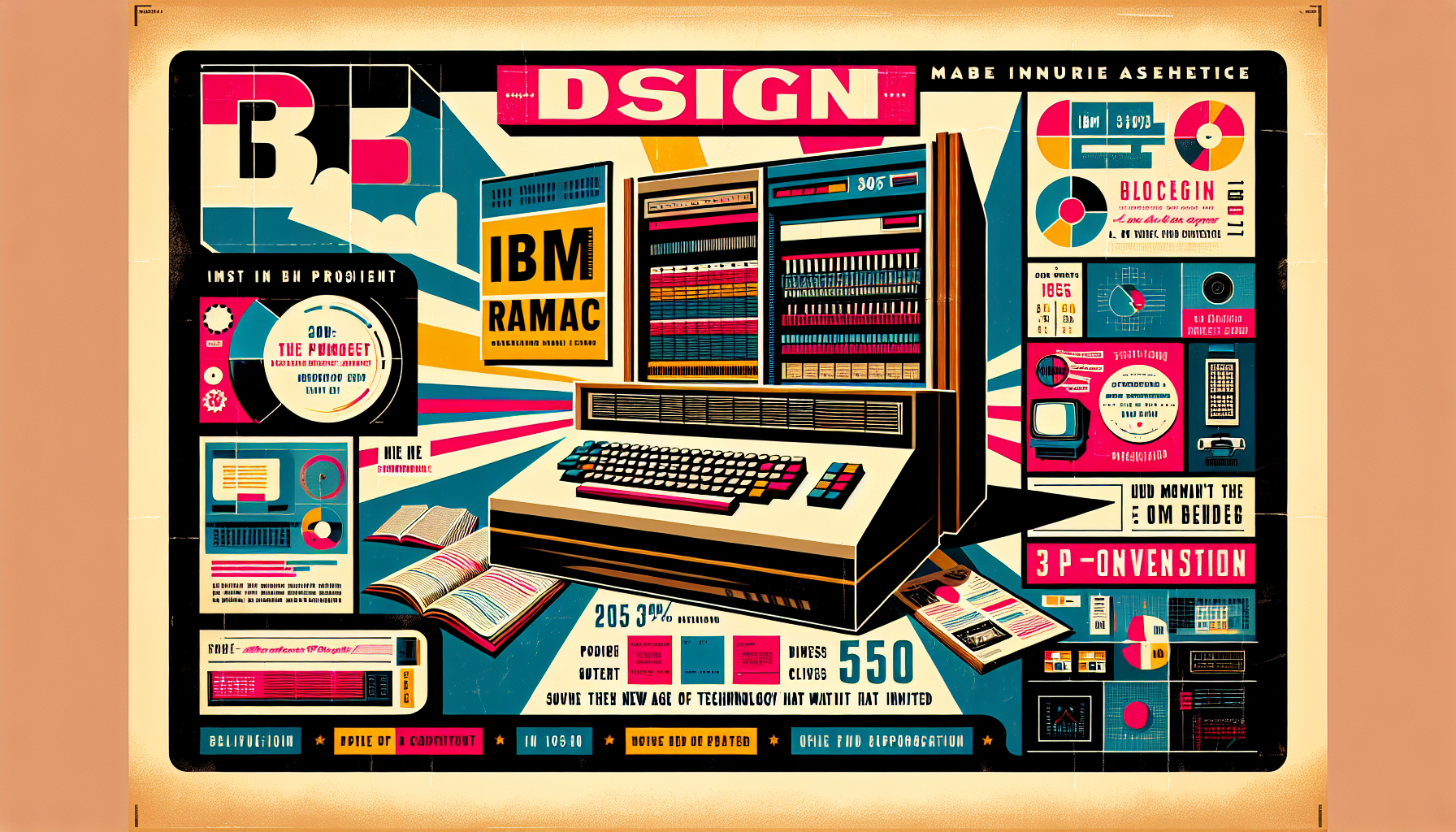I had a smackdackingly memorable summer! You know how little princesses dream about living in the biggest castles, and vampires dream of drinking the most exquisite blood? Well, for a long time, I had a dream of visiting the Bay Area and exploring the Computer History Museum! And I managed to do just that. For a multi-trillion dollar industry, we sure seem to have a shortage of computer museums. Growing up in Mumbai, I couldn’t find any. As recently as 2019, the big three museums I dreamed of visiting were the Computer History Museum (CHM) near Googleplex, Paul Allen’s Living Computers Museum (LCM) in Seattle, and The National Museum of Computing in Bletchley Park. Unfortunately, during COVID-19, LCM shut down, never to open again, and a few months ago, the Paul Allen Estate announced that the museum would be permanently closed with its items auctioned off. A real bummer, cause I lived in Seattle the summer of ’22 and would have loved to thoroughly explore the place.

Image: The Computer History Museum in Mountain View, California.
Anyway, the CHM trip was fantastic. I got to see one of Waymo’s earliest prototypes, a bunch of slide rules and mechanical calculators, found a bunch of retro advertisements and posters to explore further, learned about the Silicon Valley Napkin, Michael Noll’s work on computer-generated art, the U.S. Navy’s Project 91, IBM capitalizing on FDR’s Social Security Act, got to be up close to Jacquard’s loom cards and their fabrics, finally got to play Pac-Man the way it was supposed to be played, saw the Enigma machine, the Apollo Guidance Computer, the world’s first RAM chip used in the Whirlwind Computer, Cray-1, a Wozniak-signed Apple 1, one of Google’s earliest servers, the original Ethernet cable, PDP-1, and much, much more.
Innocently wandering into their gift shop, I asked one of the attendants if they had punch cards for purchase. In a jiffy, he went to the back and brought out a whole stack, giving me a few blank punch cards to keep for free. My first punch cards! If you plan to visit CHM, I encourage you to do so on Saturday mornings to see their IBM 1401 in action. They even have demos on PDP-1 and Spacewar on certain Saturdays. Alas, I went there on a Friday. Maybe next time.
Anyway, another place I had the opportunity to explore in California was Lake Tahoe - a majestic artifact of beauty. While there, we stayed in Olympic Valley, the home of the 1960 Winter Olympics and the topic of this blog post. So, what was so special about the 1960 Winter Olympics, and what is its connection with the IBM 305 RAMAC?
 What is the IBM 305 RAMAC?
What is the IBM 305 RAMAC?
Possibly, the perfect way to describe this would be by showing a poster present in their Olympic museum:

Image: Poster describing the IBM 305 RAMAC at the Olympic Museum.
One of the first thoughts I had when I read this was: what kind of calculations were done that required as many as five hours for official results to be declared? I found an answer to this in the Medford Mail Tribune’s January 11, 1959 edition. The then Olympic Games Organizing Committee president, Prentis C. Hale, had the following to say:
This is further elaborated in the VIII Olympic Winter Games’ final report, which also gives us a glimpse of what these data processing centers looked like. To understand the complexity better, take figure skating as an example. Olympedia had the following to say about the 1960 figure skating scoring:
To elaborate on this, it seems that individual skaters competed in two parts: the 'compulsory figures' and the 'free skating program.' In the former, skaters had to perform a series of prescribed moves on the ice and were likely judged on their accuracy and overall control. The latter allowed for a more creative display where skaters could showcase their skills in jumps, spins, and footwork. As mentioned, the compulsory figures counted for 60% of the final score, whereas free skating accounted for 40%. From what I can make, the majority placement system likely refers to the fact that there were multiple judges. Each judge would rank the skaters (or assign a score) after their segments, and the overall placement was determined by the majority of the judges' rankings. There were 19 men and 26 women participating in this competition in 1960. Indeed, a lot of calculations!
Perhaps the most fascinating thing about the IBM 305 RAMAC was that it was the first computer to use a random-access disk drive, the origins of which are narrated by Louis Stevens in RAMAC’s oral history project. I highly encourage you to explore all five parts of RAMAC’s oral history project, published by IBM and hosted by CHM.
And that’s it, folks! Hope you had fun exploring this unique historical nugget. I want to leave you with pictures of a RAMAC disk and RAMAC’s actuator and disk stack. It had 50 24-inch disks that spun at 1200 RPM and held 5 million characters of information. Enough to host the Olympics!

 Remember these 3 key ideas for your startup:
Remember these 3 key ideas for your startup:
- Embrace Historical Innovations: The IBM 305 RAMAC was groundbreaking for its time, introducing the first random-access disk drive. Understanding and appreciating past innovations can inspire new ideas and solutions for your startup.
- Leverage Technology for Efficiency: Just as the IBM 305 RAMAC revolutionized data processing for the Olympics, modern startups should leverage cutting-edge technology to streamline operations and improve productivity. For instance, task automation can significantly enhance efficiency.
- Visit Inspirational Places: Visiting places like the Computer History Museum can provide invaluable insights and inspiration. It’s a reminder of how far technology has come and where it can go, fueling your entrepreneurial spirit. For more inspiration, check out these top 5 collaboration tools for your team.
Edworking is the best and smartest decision for SMEs and startups to be more productive. Edworking is a FREE superapp of productivity that includes all you need for work powered by AI in the same superapp, connecting Task Management, Docs, Chat, Videocall, and File Management. Save money today by not paying for Slack, Trello, Dropbox, Zoom, and Notion. For more details, see the original source.






